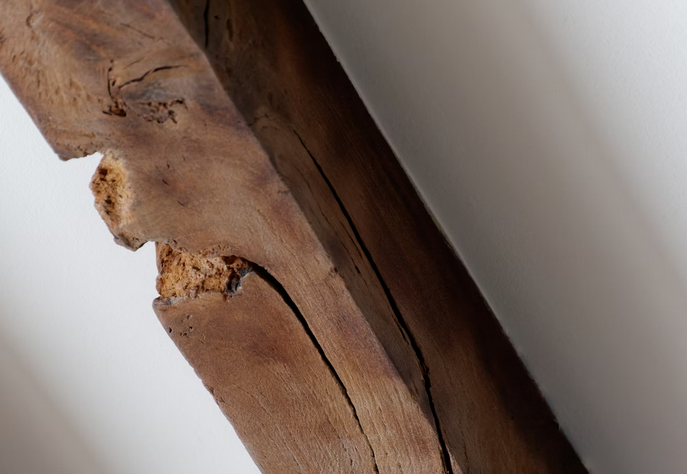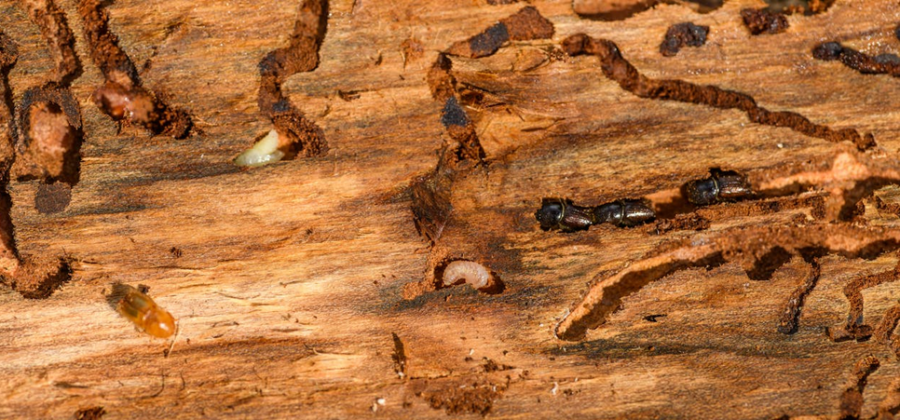Termites are often called “silent destroyers” for a good reason. These tiny insects can wreak havoc on your home’s structure without you even realizing it, leading to expensive repairs if left unchecked. You can use dampwood termite removal methods to effectively target and eliminate these wood-loving pests, particularly if your home has high moisture levels or wood that’s been exposed to water. But don’t worry, by understanding how to spot the signs of termite damage and taking steps to prevent it, you can protect your home from these unwelcome guests. In this guide, we’ll walk you through everything you need to know about termite damage and how to avoid those costly repairs.
Why Termite Damage Is a Serious Concern
Termites might be small, but the damage they cause can be significant. These insects feed on wood and other cellulose-based materials, which means they can compromise the integrity of your home’s structure over time. Left untreated, a termite infestation can lead to structural damage that requires extensive and expensive repairs. Termites cause billions of dollars in damage each year in the United States alone. Understanding the signs of termite damage and knowing how to prevent it can save you a lot of money and stress.
How to Spot the Signs of Termite Damage

Termites can be tricky to detect, especially in the early stages of an infestation. However, there are some telltale signs you can look out for to catch them before they cause too much damage.
- Hollow-Sounding Wood: If you tap on wooden structures in your home and they sound hollow, it might indicate termite damage. These pests consume wood from the inside out, leaving behind a thin outer layer that produces an empty sound when tapped.
- Mud Tubes: Subterranean termites, the most prevalent type in the U.S., construct mud tubes to move between their colony and food sources. These slender, pencil-width tubes, commonly found on your home’s foundation or walls, are a definitive sign of termite activity.
- Swollen Floors and Ceilings: As termites consume wood, they can cause floors and ceilings to warp or swell. If you notice any unusual bulges or sagging, it’s time to investigate further.
- Discarded Wings: Termites shed their wings after swarming, so finding piles of wings near windows, doors, or light fixtures could indicate the presence of a termite colony nearby.
- Frass (Termite Droppings): Drywood termites leave behind small piles of wood-colored droppings, known as frass, near the areas they are infesting. If you find what looks like tiny wood pellets, it’s a sign you may have termites.
Preventing Termite Damage: Proactive Steps

While spotting the signs of termite damage is crucial, preventing an infestation in the first place is even better. Here are some steps you can take to protect your home from termites:
- Reduce Moisture Around Your Home: Termites are attracted to moisture, so it’s important to address any water issues around your home. Fix leaky pipes, ensure proper drainage, and keep gutters clean to prevent water from pooling near your foundation.
- Keep Wood Away From Your Home: Termites consume wood, so keep firewood, lumber, and other wooden materials away from your home’s foundation. If you use mulch in your garden, opt for alternatives like gravel or rubber mulch, which are less appealing to termites.
- Seal Cracks and Gaps: Termites can enter your home through tiny cracks and gaps in your foundation, walls, and roof. Regularly inspect your home’s exterior and seal any openings with caulk or other appropriate materials.
- Schedule Regular Inspections: Having your home inspected by a professional pest control service on a regular basis is one of the best ways to catch termite activity early. Many companies offer annual termite inspections that can help you stay ahead of any potential problems.
Termite damage can be a homeowner’s worst nightmare, but by staying informed and taking proactive measures, you can protect your home from these destructive pests. Be sure to watch for signs of termite activity, minimize moisture and wood around your home, and arrange for regular inspections. With some vigilance, you can keep your home safe and termite-free, helping you avoid costly repairs in the future. If you think you might have a termite problem, it’s important to act quickly.




